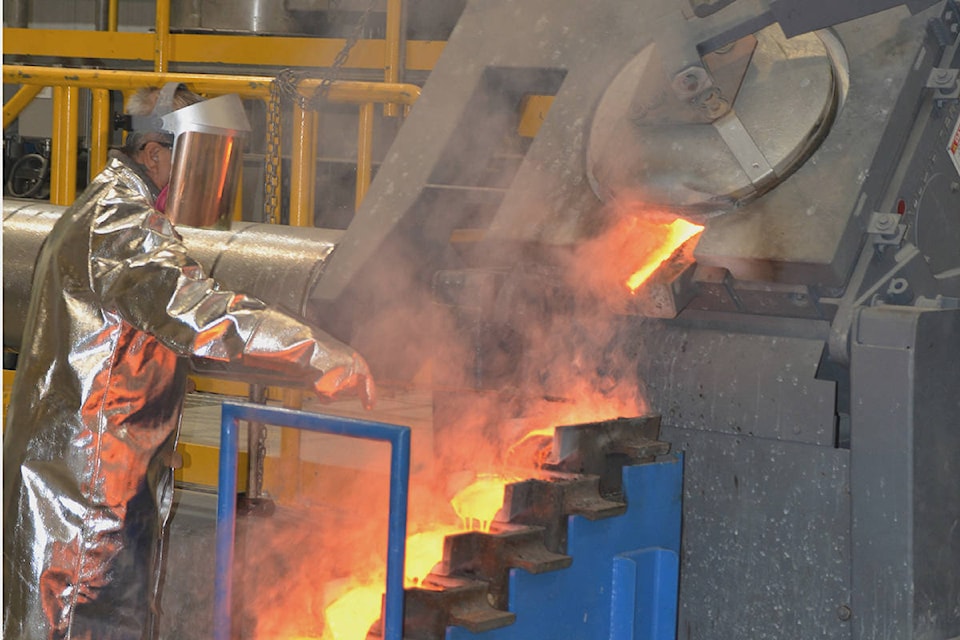Northwestern B.C. mining exploration and production continued to grow in 2018 compared to the year before, indicates the provincial energy, mines and petroleum resources ministry in a review of activity.
Compared to 2017 when there was an estimated $99.1 million of exploration activity, miners broke into new territory by spending an estimated $164 million in 2018.
“The region has a number of advanced and proposed mine projects,” wrote mines ministry officials in the 2018 review.
“The region also has numerous active exploration projects, primarily for precious and base metals.”
READ MORE: Demolition looming for Terrace’s Seven Sisters mental health facility
The Northwest region represents 25 per cent of the provincial land mass and within it, there were three operating mines and five proposed projects.
And 60 exploration projects were active last year as well.
Highlighting 2018 production activity was Pretivm Resources receiving approval from the mines ministry to increase production at its Brucejack Gold Mine from 2,700 tonnes per day to 3,800 tonnes per day.
Brucejack went into production in mid-2017, adding to the overall economic activity within the region through employment and purchasing goods and services.
Close to Stewart, another gold and silver project, Red Mountain owned by IDM Resources, gained its provincial environmental assessment certificate in 2018, which was followed in January by being granted federal approval. Approval also involved the Nisga’a Lisims Government.
With an estimated capital cost of $135 million and an 18-month construction period, Red Mountain is expected to have a six-year operating life and provide approximately 200 jobs through a planned production rate of 1,000 tonnes a day.
Coeur Mining Inc. announced commercial development in September at its silver-zinc-lead Silvertip mine, which it purchased in 2017.
The Red Chris copper and gold mine, operated by a subsidiary of Imperial Metals Corporation, also continued production.
It benefits from B.C. Hydro’s Northwest Transmission Line, which runs north of Terrace and is intended to supply secure power sources for industrial activity.
One of the region’s more promising developments, the KSM project owned by Seabridge Gold Inc., continues to be a scene of activity to further solidify gold and copper findings.
“The deposits represent what may be the largest undeveloped copper-gold camp in the world (by reserves),” wrote ministry officials.
The project has already received federal and provincial approval and Seabridge continues to look for senior financing partners to advance to production.
While companies are active on the ground either in production or in exploration, there have been developments in other areas regarding the economic benefits of the industry.
READ MORE: Calls to police up seven per cent in 2018
In May 2018, the province and the Nisga’a Lisims Government announced that the Nisga’a will receive a portion of the Brucejack mineral tax revenue — that could amount to $8 million a year.
The Tahltan Central Government, along with the Kaska and Tlingiit, are also using income from benefits agreements to finance education and training for young people.
The new tax revenue agreement works on top of the benefits agreement Pretium and the Nisga’a Nation have had since 2015, when Pretium agreed to provide training, contracting opportunities and education for Nisga’a citizens.
As an example, young people from the three First Nations attended the annual Association for Mineral Exploration British Columbia (AME) Mineral Exploration Roundup conference in Vancouver last month.
At the same conference, Pretivm Resources announced it would be contributing $250,000 toward wildfire recovery efforts in Telegraph Creek arising from last summer’s wildfire.
